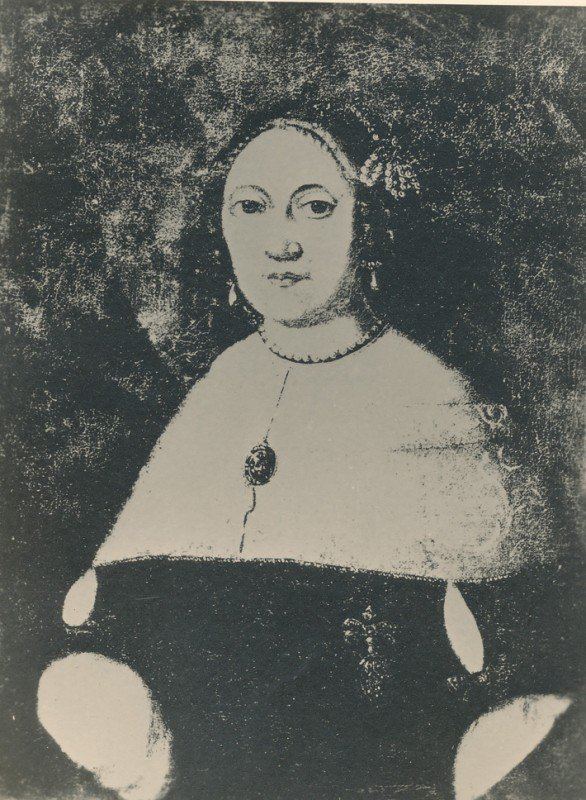Name Margareta Brahe | ||
 | ||
Died May 15, 1669, Weferlingen, Germany People also search for | ||
Margareta Abrahamsdotter Brahe (1603–1669) was a Swedish noble and lady-in-waiting and a Landgravine of Hesse-Homburg. She aroused a lot of attention with her marriages, which were considered scandalous.
Contents
First marriage
She was the daughter of Count Abraham Pedersson Brahe and Elsa Gyllenstierna and the sister of Per Brahe the Younger; she was also the cousin of Ebba Brahe. Prior to her first marriage, she was the lady-in-waiting of the Queen, Maria Eleonora of Brandenburg. In 1633 she married Bengt Oxenstierna (1591–1643) and followed him to Swedish Livonia. Widowed in 1643, she returned to the court as lady-in-waiting to Queen Christina of Sweden.
Second marriage
In 1647, she received a proposal from Johan Oxenstierna, son of Axel Oxenstierna. Marriages within the nobility were political contracts made to balance power within the different families. This proposal caused political conflicts at court, in which the monarch was forced to balance between the two noble families Brahe and Oxenstierna. It also caused a scandal because of the age difference, as the bride and not the groom was one decade senior. Margareta was furthermore considered sterile due to age. As the marriage was neither political, economical or intended to produce children, it was clearly a love match. Axel Oxenstierna engaged his other son to Elsa Elisabeth Brahe, which was seen as a way to allow his son to marry Margareta without disturbing the power balance, but he was actually strongly against the marriage. He wrote to his son that although he would gladly see Margareta as his daughter-in-law if she was younger, he could not understand why Johan wanted to marry an "old" and sterile woman, who could not give his parents grandchildren. But Johan was genuinely in love and married Margareta against his parents' advice four months after the death of his first spouse. The marriage lasted ten years. When Johan died in 1657, Margareta was one of the richest people in Sweden.
Third marriage
In 1660, she received two proposals of marriage: one from Louis Henry, Landgrave of Nassau-Dillenburg, 66 years old, and one from Frederick II, Landgrave of Hesse-Homburg, 27 years old. To everyone's astonishment, she accepted the proposal from the younger one of the two. When Nassau, who thought his proposal was accepted, sent his embassy to Stockholm, he found that Margareta and Hesse were already engaged. Nassau put forward diplomatic protests to Queen Dowager Regent Hedwig Eleonora and Per Brahe, but Margareta did not wait for the diplomatic conflicts to end. On 12 May 1661 she married Hesse-Homburg in a grand wedding with elaborate celebrations at the royal court in Stockholm in the presence of the king and the queen dowager. The couple were reported to go well with each other sexually, but the wedding caused a great scandal and was much talked about. Margareta departed with her spouse to Germany and lived the rest of her life at the court of Hesse-Homburg.
Nassau pointed out Margareta as an adulterer and Fredrik as a seducer and demanded that they be punished in accordance with German law. He published a book titled Die untreue Margaretha Brahe ("The adulterous Margaretha Brahe"): this book, however, was ridiculed in Germany.
At her death in 1669 she gave her fortune to her spouse As a token of appreciation for the faithfulty always showed to her by her young consort; this also made a scandal, as she left almost nothing to her relatives.
